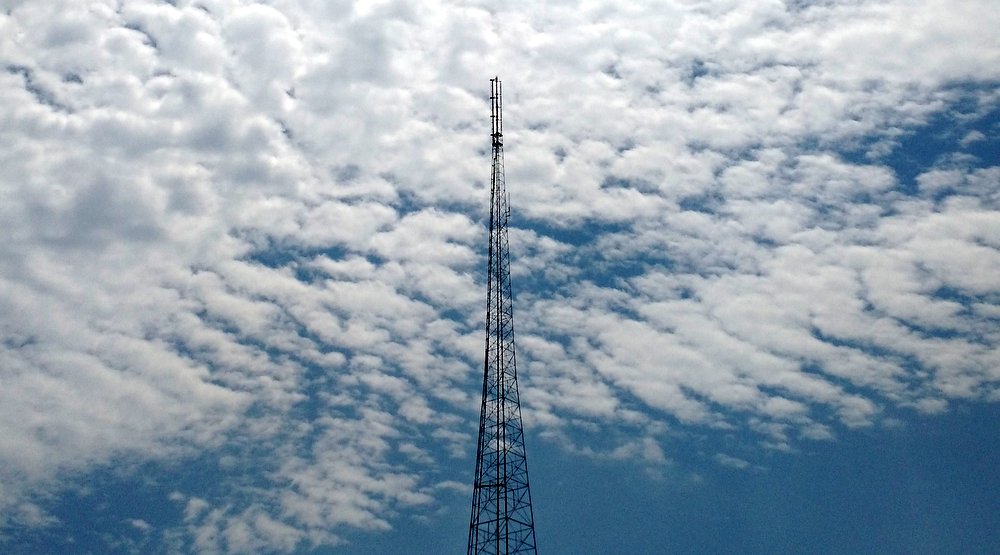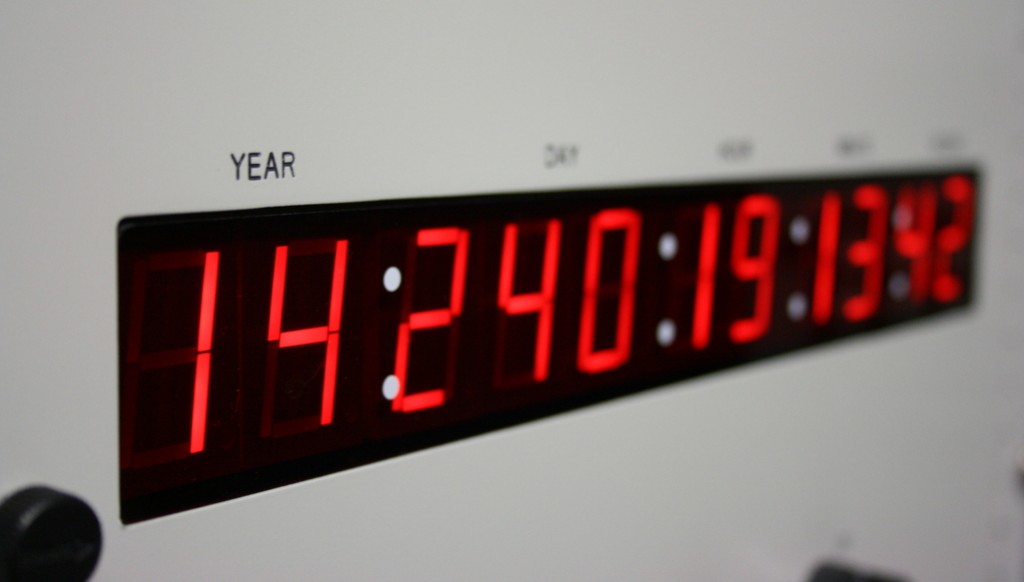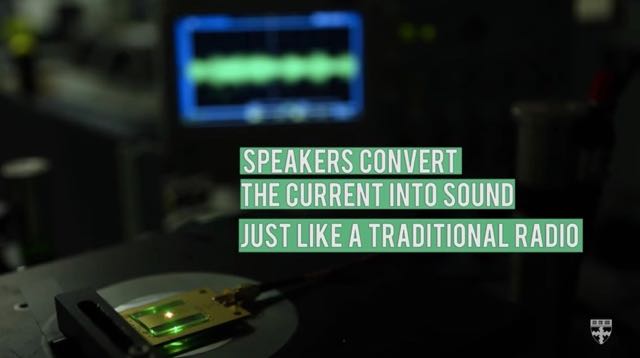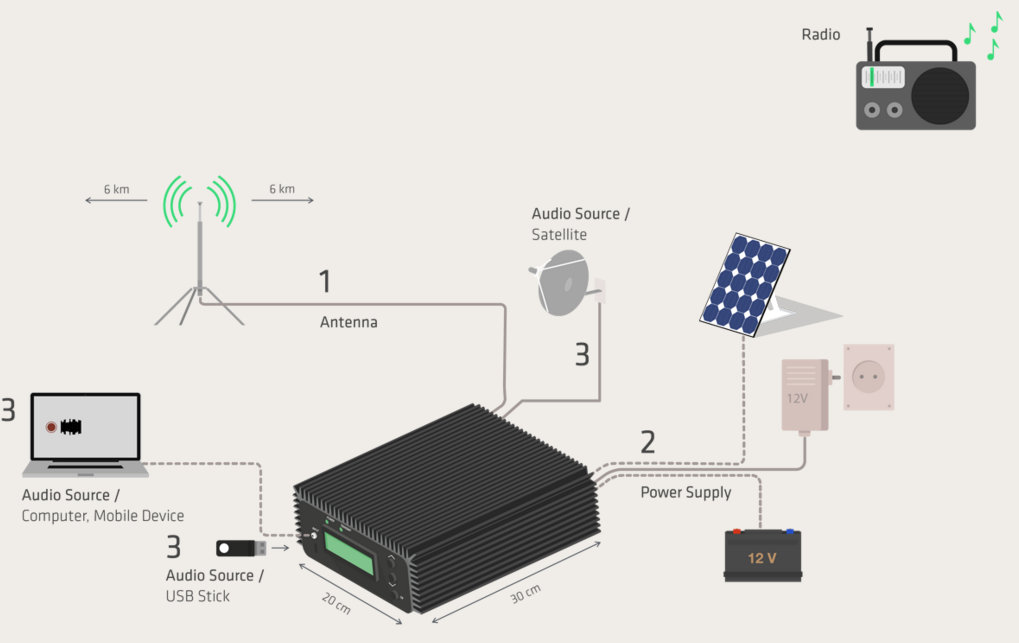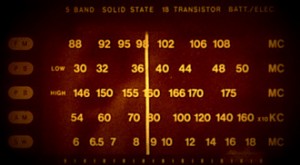(Source: NPR)
It’s likely the only time you really notice one of your neighborhood broadcast and cell towers is at night when they’re lit up with conspicuous bright red lights.
Those lights help pilots see the huge metal structures that can reach 1,000 feet into the air — but they can spell disaster for birds.
In 1976 in Gun Lake, Mich., one tower killed over 2,300 birds in one night, says Caleb Putnam, who works for the Michigan Department of Natural Resources. He says for reasons scientists still can’t quite figure out, birds kept flying headlong into towers.
“If that many are dying at one night at one tower and yet there are thousands of towers across the country and as you go across the world, the numbers are staggering,” he says.
Putnam says in North America alone it’s estimated that 7 million birds smash into towers every year. But until recently scientists didn’t know why it was happening.
[…]”We were able reduce the numbers of bird fatalities on communications towers by simply extinguishing those non-flashing lights,” she says. “Those fatalities were reduced by as much as 70 percent.”[…]

